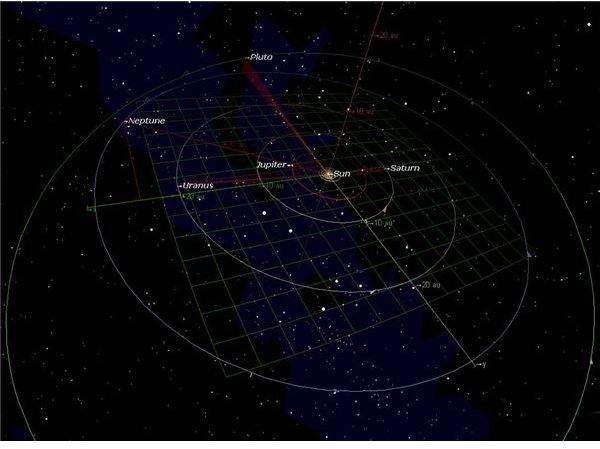What Are the Outer Planets? The Gas Giants of Our Solar System.
The Outer Planets
The outer planets exist beyond the asteroid belt, just past Mars’ orbit and they consist of gas-giants, all of which have a ring system; Jupiter’s is almost invisible and Saturn’s being the most majestic. Okay, there is one rocky/ice ball—Pluto—that was once considered part of the outer planets and will be mentioned here only for historical purposes. Jupiter and Saturn are the only naked-eye visible planets of the group and were well known to the ancients, along with the inner planets. Where Mercury and Venus are only visible near the times of sunrise and sunset, Jupiter and Saturn, along with Mars can be seen all night long as they move high in the sky, all due to the geometry of the solar system. NASA’s Voyager-2 space probe, launched in 1977 had a grand tour of these gas giants, visiting Jupiter in 1979, Saturn in 1981, Uranus in 1986 and Neptune in 1989 before it headed out of the solar system.
Now on to the outer planets!
Jupiter

The king of the planets, Jupiter, named after the king of the Roman Gods. The largest planet in our solar system, it is probably most noted for its Great Red Spot. It also has many moons, one of which, Europa, is of great interest to astronomers as they theorize that it may have an ocean of water under its icy crust. Jupiter holds the record for the largest moon in the solar system, Ganymede—larger than the planet Mercury! Get all the facts about Jupiter in the articles: Interesting Facts About Jupiter and What We Know About Jupiter and the upcoming JUNO mission in 2011 (named after Jupiter’s wife).
Saturn
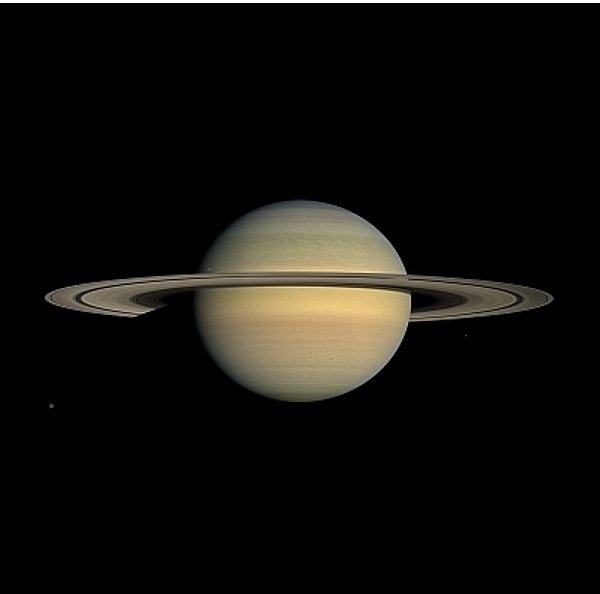
The sixth planet in our outbound journey of the solar system is Saturn, the ringed planet. This magnificent planet with its many rings and over 60 moons is under observation by NASA’s Cassini probe, which continues to return amazing images and data. Titan, the largest moon of Saturn, has an atmosphere and lakes of methane on its surface, as discovered by the Huygens lander, which was carried by Cassini. Saturn’s moon Enceladus, like Jupiter’s Europa, is theorized to have liquid oceans under its icy surface—and maybe even life! Saturn, as of August 2009, went through its equinox and from Earth the rings were seen edge-on. The planet spins exceptionally fast with its day being a little over 10 hours long. Many more details and facts can be found by clicking: Nothing But The Facts About Saturn, and Facts About Titan.
Uranus
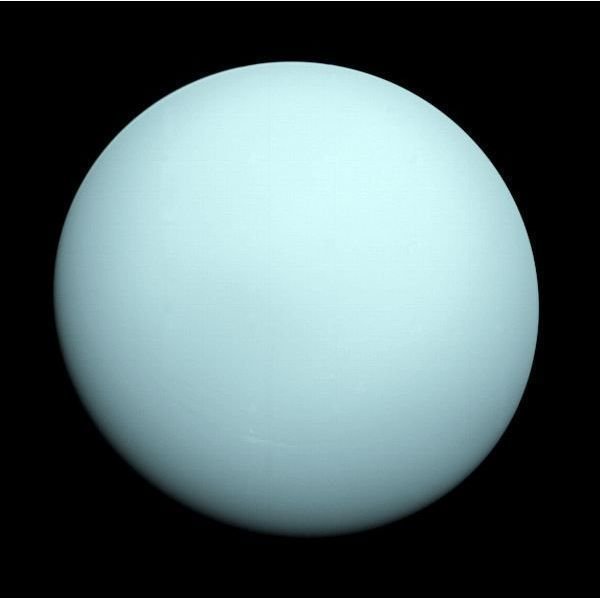
Uranus occupies the seventh position from the Sun and it takes its name not from a Roman God but a Greek God, the God of the Heavens or Sky. Uranus is one of the modern planets, meaning that it was not know to the ancients, as William Herschel discovered it in 1781. Uranus’ most distinctive characteristic is that its axis of rotation is tilted 90 degrees to its orbital plane, as if it was hit by something and turned on its side! Sporting a dark ring system, not discovered until 1977, and a herd of 27 moons, it has only been visited by the Voyager-2 space probe in 1986 but new information is still being gleaned from that data. Read more facts about Uranus and how its moons are named after characters from Shakespeare’s plays in, The Literary Moons of Uranus.
Neptune
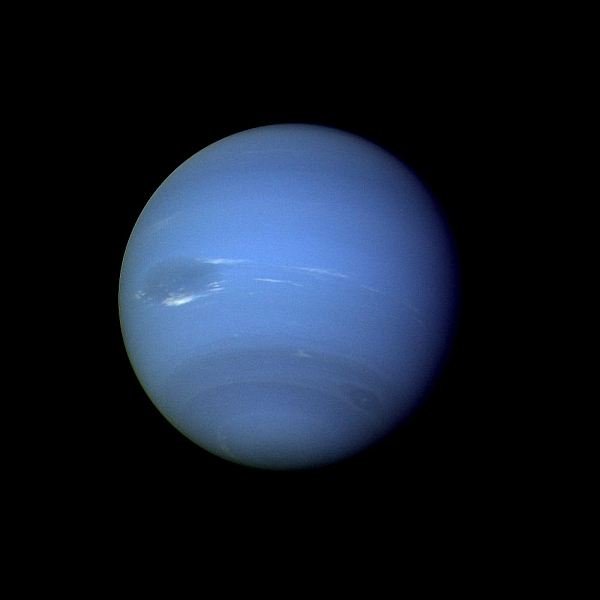
The last of the gas giants, Neptune marks the eighth planet from the Sun and returns to the tradition of naming a planet after a Roman God, in this case, the God of the Sea. Voyager-2 visited Neptune in 1989 and confirmed that Neptune had a partial ring system instead of the complete rings that Jupiter, Uranus and Saturn possess. NASA just released new images of Uranus’ moon Triton from that Voyager-2 flyby. The planet has a Great Dark Spot, thought to be similar to Jupiter’s red spot and it also has some of the strongest winds of any planet in the solar system. Find more information about Neptune at: Nothing But The Facts About Neptune.
Pluto
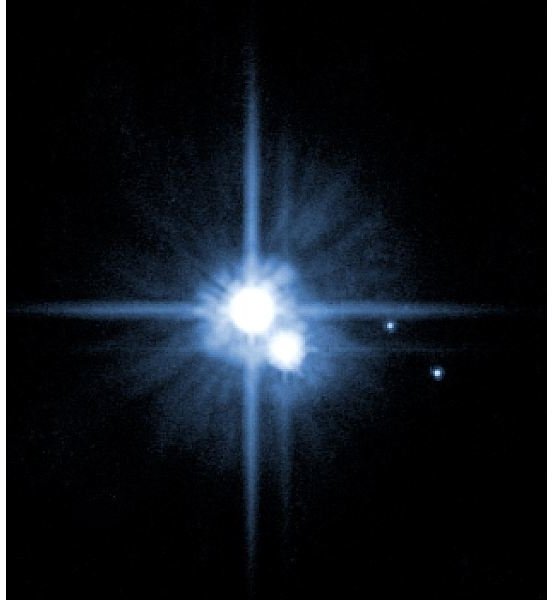
Pluto, once the ninth planet in our solar system but thanks to the efforts of Dr. Neil deGrasse Tyson, and sanctioning by the International Astronomical Union (IAU), it has been demoted from planet to dwarf-planet. Although small, it has three moons, Charon, Nix, and Hydra but lives in a very dark and cold part of the solar system and is most likely an escapee from the Kuiper belt, that region on the fringe of the solar system harboring leftover material, rock and ice from the formation of the planets. For more information on Pluto read, Nothing But The Facts About Pluto.
This post is part of the series: Tour of Our Solar System: From the Inner Rocky Planets to the Outer Gas Giants
Take a voyage through our solar system and get the facts and infromation about the inner planets: Mercury, Venus, Earth, Mars, and the outer planets: Jupiter, Saturn, Uranus, Neptune and Pluto (a former planet, but still in the outer solar system).
